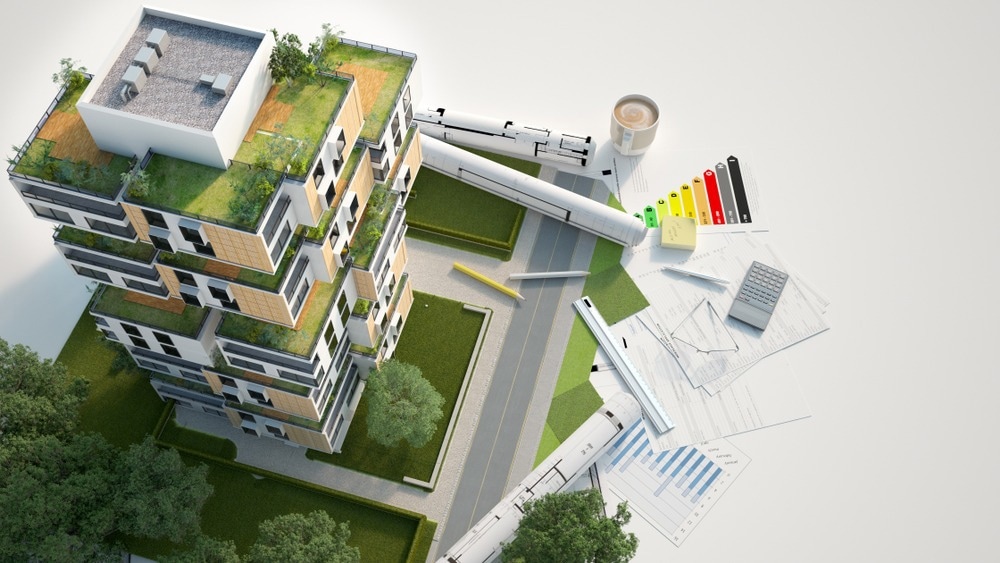An Overview of Nanoacoustics in Nanotechnology
Nanoacoustics has advanced quickly with continuous and considerable growth of capabilities and refinement of techniques. This article discusses nanoacoustics, its applications, including nanoacoustic sensing, nanoacoustic manipulation and nanoacoustic characterization, along with its future outlooks.

What is Acoustics?
The term “Acoustics” is derived from the Greek word “akoustos”, meaning “heard”. Acoustics is the science that deals with the production, transmission, control and effects of sounds. Acoustics cover a range of topics, including noise control, ultrasounds in the medical field, thermoacoustic refrigeration, bioacoustics, SONAR for submarine navigation, nanoacoustics, seismology, and electroacoustic communication.
Ultrasound has frequencies of sound above the hearing range, generally 20 kHz. Usually, ultrasound is generated through transducers that use piezoelectric material to convert electrical energy to acoustic energy using the converse piezoelectric effect.
Background of Nanoacoustics
With the advancement in nanoscience in the 1980s, nanotechnology started to receive attention in various sectors of the research community. Advancements in nanomaterials and nanodevices for ultrasound investigations have revolutionized conventional methods to use ultrasound.
Over the last several years, the introduction of various nanoscaled materials to support the identification and treatment of different illnesses have received growing interest, becoming a significant sector of medical ultrasonography. Nowadays, nanotechnology deals with various ultrasonic instruments that can monitor and control nanoparticles.
Nanoacoustic Characterization
Scanning acoustic microscopy (SAM):
Sound waves with high frequencies have short wavelengths and are used to develop acoustic microscopes. These microscopes have a similar resolution to optical microscopes. Scientists have used this idea of nanoacoustics in microscopy to develop Scanning Acoustic Microscopes (SAM).
Earlier microscopes that used SAM techniques provided up to 10μm resolution. Later on, the evolved version could operate with up to 260-nanometer wavelengths. This technique is mostly used for biology, internal imaging structures in materials and characterization of optically opaque samples.
Atomic Force Acoustic microscopy:
The resolution of SAM is limited. Therefore to characterize material properties at the sub-micrometre resolution, another technique, Atomic Force Acoustic Microscopy or AFAM, is used. This technique is used to characterize and map mechanical properties up to nanoscale. For instance, according to recent studies, this technique has been used to accurately measure dynamic Young’s modulus of materials like nanocrystalline ferrites with nanoscale resolution. The resolution for this technique is up to 10nanometers.
Nanoacoustic Manipulation
With scientific progress in nanotechnology such as nanofabrication, biomedicine and material engineering, manipulating nanoparticles, nanodroplets and nanocells are essential. These manipulation functions include orientation, trapping, sorting, concentration, and assembly of nanoobjects.
Researchers have created many alternative tactics to accomplish these manipulation functions, classed as electrical, optical, microfluidics, magnetic, AFM, mechanical and acoustic methods.
Each approach has its own set of drawbacks, but when compared, acoustic-based systems have several advantages over other techniques. For instance, acoustic-based techniques can provide diverse manipulating functions. These methods also do not require specific manipulated sample properties and can be performed through simple device structures.
Nanoacoustic Sensing
Surface acoustics waves (SAW) devices respond to mechanical, electrical, chemical signals and other perturbations. Responsive properties of these devices also allow them to be used as SAW sensors.
These nanoacoustic sensors are advantageous due to their low cost, high sensitivity, superior response time and compact size. Moreover, SAW-based nanoacoustic sensors exhibit exceptional stability, selectivity and linearity provided with a suitable design of sensing surfaces IDTs and piezoelectric substrates.
Other than SAW-based sensors, different nanoacoustic sensors are also being developed. For example, scientists developed a flexible pressure sensor made by packing gold nanowires between 2 PMDS sheets. This nanoacoustic sensor showed a fast response, high stability, high sensitivity, and low power consumption. These properties and the mechanical flexibility enabled this sensor to observe real-time heart rate as well as to detect small vibration forces.
International Conference on Advanced Nanomaterials and Nanotechnology
1st Edition of NANO | 15-16 December 2022 | Dubai, United Arab Emirates (Hybrid)




